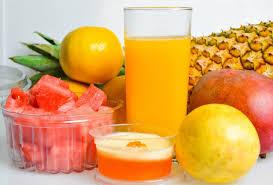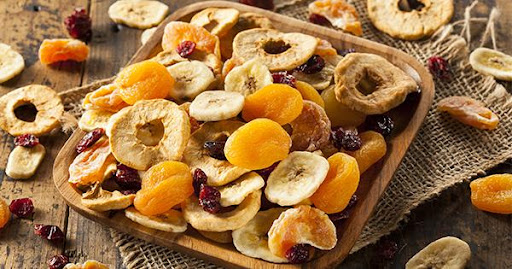Everyone knows that eating fruits and vegetables is good for health. They contain important vitamins, minerals and fiber and reduce the risk of heart disease, stroke and obesity. Is this recommendation the same for everyone? What about people with diabetes?
It is very important for a diabetic to know which vegetables and fruits to eat and which ones to avoid, because juicy and sweet varieties can have an extremely negative impact on health, causing a sharp jump in blood glucose levels.
Here are 7 fruits that experts say are bad for diabetics (especially in large quantities):

- Pineapple. It can cause spikes in sugar levels. For all its usefulness – low calorie content, the presence of vitamin C, strengthening immunity – this fruit is contraindicated in patients with diabetes of various types.
- Bananas. These fruits are not the best food for sugar levels. Bananas are rich in starch, which negatively affects blood sugar levels. Also, The glycemic index of a ripe banana ranges between 50-55 units. But if you eat overripe fruits (with brown spots on the skin), then the GI can reach 60.
- Grapes. Any variety of grapes are contraindicated for diabetics due to their high glucose content, which increases normal sugar levels.
- Watermelon. The glycemic index of watermelon is approximately 70 units. That's a lot for diabetics. Important to know: 100 g of fruit pulp and one teaspoon contain an equal amount of sugar. Also, it should be borne in mind that the main effect of watermelon pulp is a diuretic. Diuresis not only increases, it becomes alkaline. In diabetes, this can lead to kidney failure.
- Melon. Melon in diabetes is a dangerous product that can cause a sharp jump in sugar. With the pathology of the first type, juicy pulp will not harm if other carbohydrate dishes are excluded in parallel. In type 2 diabetes, even a single increase in the concentration of sugars will lead to the fact that returning them to their previous values will become a problem.
- Mango. This fruit contains a large amount of natural sugar, which affects the level of insulin in the blood. People with diabetes of any type are allowed to consume foods with a glycemic index of up to 50. The glycemic index of mango is 55. Therefore, diabetics can only eat this fruit twice a week in small quantities.
- Figs. Doctors recommend caution in including figs in the menu for diabetes. Although it is rich in nutrients and vitamins, the high glucose content, when consumed in large quantities, contributes to an increase in blood sugar levels. Also, the fig contains a large amount of ficin, which thins the blood. This can lead to poor healing of ulcers in severe forms of the disease. In this case, figs should be excluded from the menu completely.
There are a few more points that I would like to draw your attention to when talking about diabetes. One of them is that fruit and vegetable juices are several times heavier in glycemia than the products from which they were squeezed, since the juice is a liquid without fiber, which plays a significant role in the absorption of sugar.
Recent studies have shown that fruit juice consumption is associated with an increased risk of type 2 diabetes.
Useful to remember: it is better to eat whole fruits than juice without sugar! Juice causes a faster rise in blood sugar, and 1 liter of juice contains about 500 kcal.

Also, patients with diabetes are not recommended to use any variations of dried fruits, as these are the same fruits, only without water. The lack of liquid is the reason for the increase in the concentration of all components per unit weight. This also applies to carbohydrates. In addition, during the cooking process, some dried fruits are coated with sugar and syrup before being dried to make them sweeter.
Last but not least, even the safest fruit from a glycemic point of view can become harmful to a diabetic if consumed in unlimited quantities.
If you are in doubt about your choice, consult your doctor or nutritionist. This will help you avoid mistakes that can be fatal to your health.
